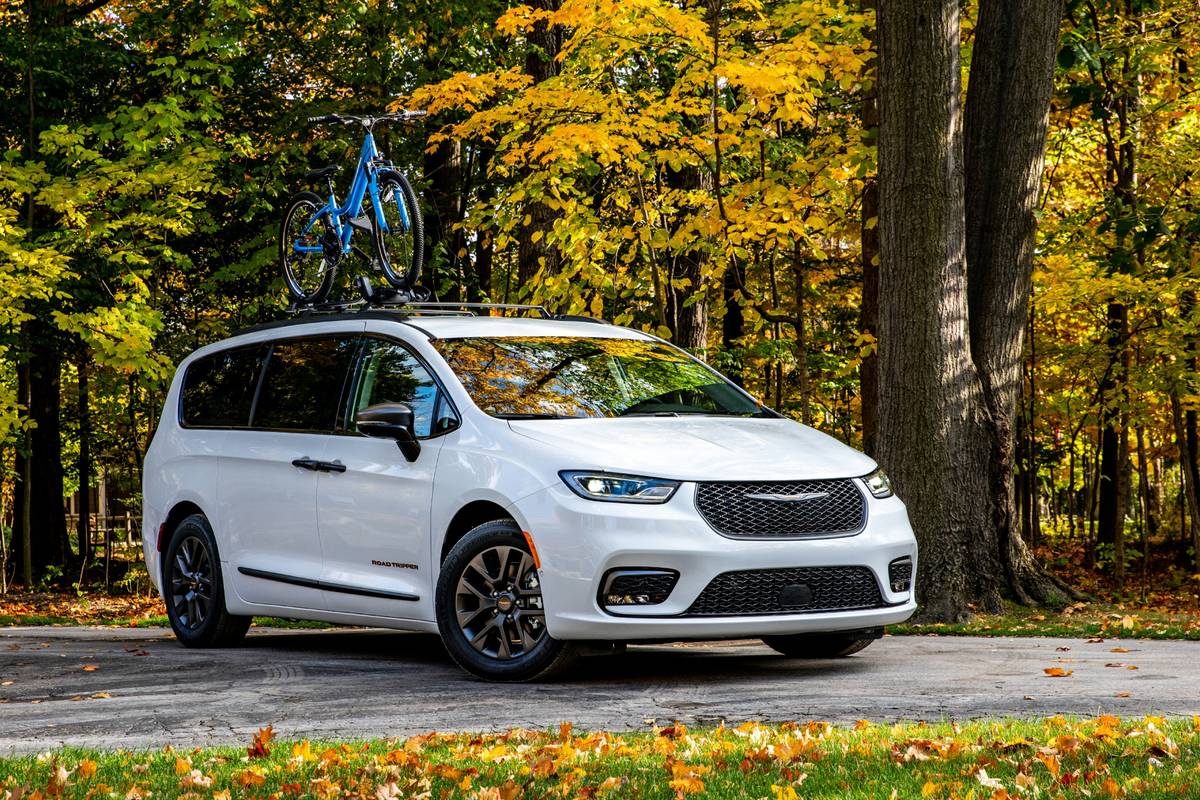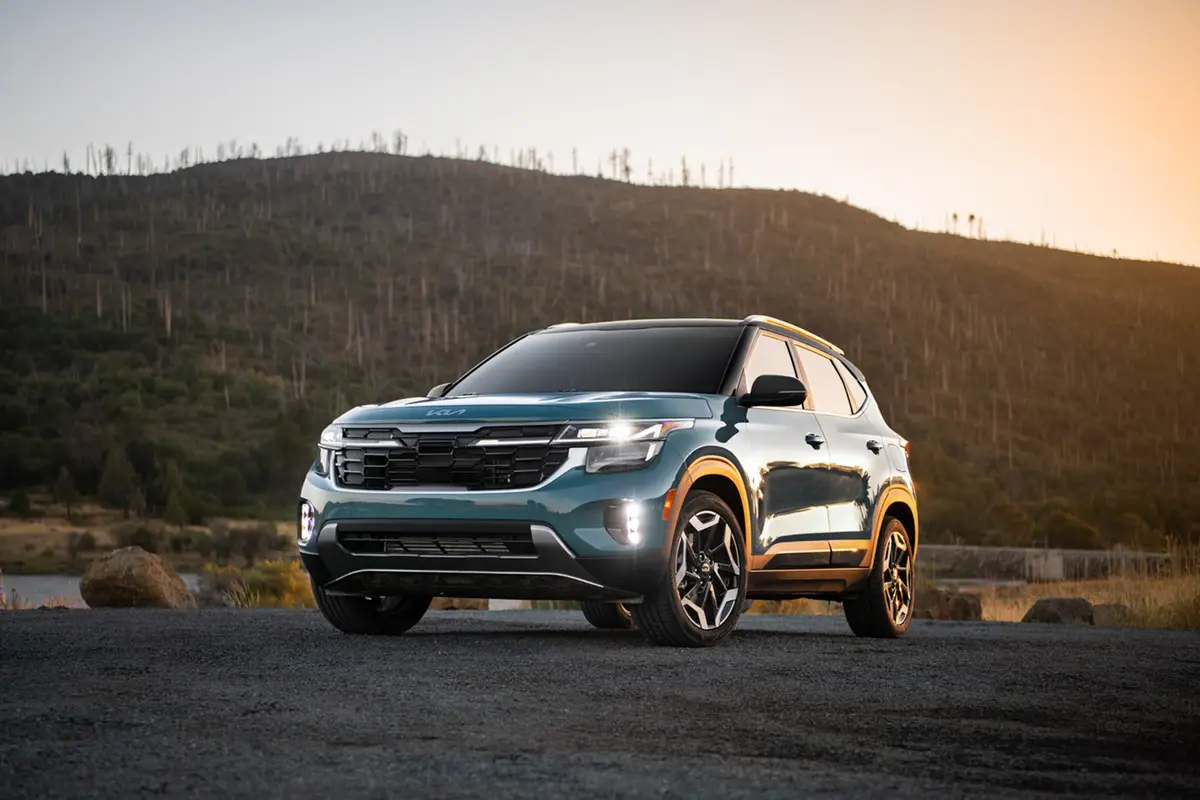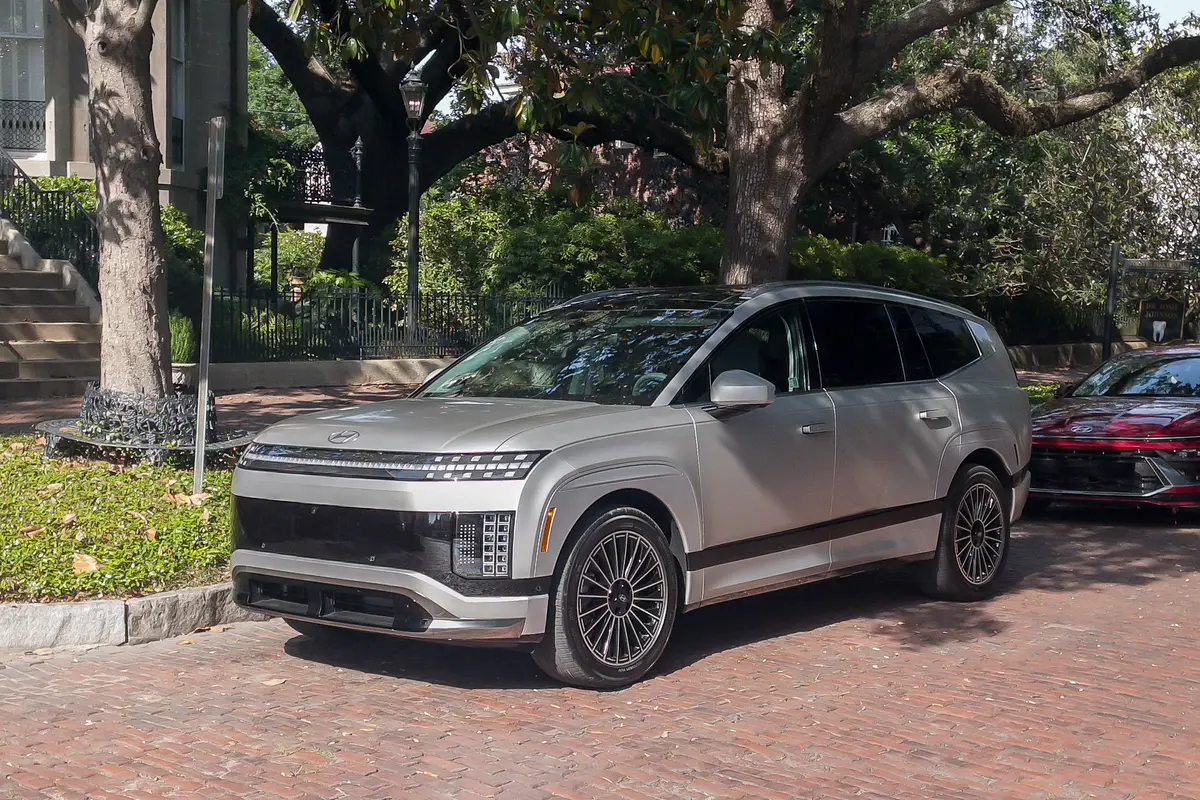Star-Telegram.com's view
Many Americans associate the Suzuki name – if they know it at all – with small sport utility vehicles, rather than cars.
That’s understandable, considering that the first vehicle Suzuki brought to the U.S. market was the Samurai, a mini-SUV that was selling quite well until a since-discredited review in Consumer Reports deemed it to be a rollover risk.
Suzuki, a Japanese automaker, replaced the Samurai with the Sidekick, then moved on to the Vitara, Grand Vitara and seven-passenger XL-7 compact SUVs.
All of those have been popular, especially in snow-belt states. Suzuki also partnered with General Motors to produce several vehicles for the Chevrolet/Geo lines, including the Tracker sport utility and the Metro, a minicar with great fuel economy.
But it’s only been within the past five years that Suzuki has begun a push to bring a full line of small cars to the U.S, market, and that effort has led to record sales for the brand for the past five years.
While small cars from Suzuki are a relatively new concept for American consumers, it’s not to consumers in Japan. Suzuki is the best-selling brand of small cars there.
Some of Suzuki’s small cars come from the company’s factories in Japan, while some of the SUVs come from a joint GM-Suzuki plant in Canada.
Other small cars come from South Korea and even Hungary.
The South Korean products are from the GM-Suzuki partnership that took over the bankrupt Daewoo. They include the 2007 Aerio sedan and the now-discontinued Aerio SX, a small hatchback-wagon.
In the place of the Aerio SX, however, Suzuki this past fall introduced the 2007 SX4, a small crossover wagon similar to the SX, but with more interior space (even though it is slightly shorter overall).
The SX4, which is built in Japan for the U.S. market and in Hungary for European sales, has the same starting prices as the 2006 SX: $14,999 plus $595 freight.
The uplevel SX4 Sport model, the only other version, lists for $16,399 plus freight. And while the Aerio SX was a nice vehicle in its own right, the SX4 is much, much better.
Here’s just one example: For the same price as the front-drive SX, the SX4 has all-wheel drive.
Suzuki hopes the SX4 will do much better in the U.S. market than the SX did. Neither the Aerio sedan nor the Aerio SX has sold anywhere near the numbers Suzuki expected. A lot of that can be attributed to Suzuki’s limited advertising and promotion of the vehicles, along with the company’s limited number of U.S. dealers (about 540) and an overall lack of familiarity with the Suzuki brand by American consumers.
Perhaps a better advertising campaign can get the SX4 on more consumers’ shopping lists. With gasoline over $3 a gallon in most of the country, small cars are coming in vogue these days.
Honda, Toyota and Nissan all introduced subcompacts this past year – the Fit, Yaris and Versa — to tap into the growing market for smaller, more fuel-efficient cars in the North American market.
But in side-by-side comparisons, the SX4 is a clear winner over most, if not all, of the competition.
This little wagon is quite stylish. It looks nothing like the austere econoboxes we’ve seen among previous small-car offerings.
Under the hood is a 2.0-liter four-cylinder engine rated at 143 horsepower and 136 foot-pounds of torque.
The engine is coupled to either a five-speed manual gearbox, which came in our test car, or a four-speed automatic ($1,000 extra), which will be the transmission of choice for most buyers.
I prefer to test vehicles equipped the way most consumers will choose them, so it was a disappointment not to have an automatic available for testing.
Because of that, I can’t tell you how well the SX4 drives with the automatic. But if you’re considering one of these cars, test drive the automatic version yourself before buying. I can say that automatics in other Suzuki products I’ve either owned or tested have been excellent, so I have no reason to doubt this one.
You might be thinking that the manual transmission model would offer better fuel economy, so therefore might be the better choice in these days of record gasoline prices. Wrong.
The automatic transmission, with its electronic shift control and lockup torque converter, actually is more efficient than the manual.
With the automatic, EPA mileage ratings are 24 miles per gallon in the city and 30 on the highway. The manual is rated at 23 city/28 highway.
Not only do you not have to put up with using a clutch and shifting frequently in stop-and-go traffic with the automatic, but you can go farther on a tank of gas.
The tank holds 11 gallons, which means you can fill up the SX4 for about $33, and drive just about as far as you would with a midsize SUV that costs $50 or more to fill up.
There is more room in those larger SUVs, but it’s more in the cargo area than the passenger compartment. The SX4 is surprisingly roomy and comfortable for up to five people, especially if the three in the back seat are children or a mix of kids and adults. This is no sardine can that gets uncomfortable after the first few minutes.
The all-wheel drive is a three-mode system with a switch in the center console that lets the driver choose front-wheel drive, all-wheel drive, or all-wheel-drive lock (controlled by an electronic coupling mounted in front of the rear differential, Suzuki says).
The lock mode, which allows for the best traction in mud, sand, dirt or snow, is automatically disengaged above 36 mph and the system switches to the regular AWD mode.
While the SX4 isn’t designed for serious off-road use – there is no low-range gearing – this system does make it capable of limited off-road driving, such as on most established unpaved roads in national and state parks.
Being a ruggedly built Suzuki product, you can be assured that the SX4 is up to handling such roads – you’re not going to break it very easily. Suzuki is well-known for the quality and durability of all of its products, not just the off-road-capable SUVs.
Having said that, though, I must add that the SX4 is designed mostly for commuting and other routine on-road driving. Most people who buy this car will not be doing so with the intention of taking it off-road to any great extent (if at all).
The SX4 is 162.8 inches long, 69.1 inches wide, and 63.2 inches high, with a wheelbase of 98.4 inches. That’s slightly larger than the 2006 Scion xA five-door from Toyota, which is 154 inches long with a wheelbase of 93.3 inches. (A slightly larger xD model is replacing the xA for 2008, however.)
The list of standard equipment on the SX4 is impressive.
Safety features include driver and front-passenger seat-mounted side-impact air bags; side-curtain air bags for both rows of seats; four-wheel antilock brakes with electronic brakeforce distribution; seatbelt pretensioners; and a tire-pressure monitoring system.
Other amenities on the base model include power windows/mirrors/door locks with remote keyless entry; manual air conditioning; an AM/FM/single-compact-disc audio system with MP3 playback and four speakers; a tilt steering wheel; 16-inch alloy wheels; black roof rails; daytime running lights; fender flares; and silver bumper guards.
Upgrading to the Sport model (just $1,400 more) brings premium features such as traction control and electronic stability control; automatic climate control; cruise control; a leather-wrapped steering wheel with audio controls; an uplevel audio with six-disc CD changer and nine speakers (including subwoofer); silver-color roof rails; and the SmartPass keyless entry and start system.
The automatic transmission is optional on either trim level.
All 2007 Suzuki vehicles come with a seven-year/100,000-mile powertrain warranty.
G. Chambers Williams III is staff automotive columnist for the San Antonio Express-News and former transportation writer for the Star-Telegram. His automotive columns have appeared regularly in the Star-Telegram since 1995. Contact him at (210) 250-3236; chambers@star-telegram.com.
At a Glance: 2007 Suzuki SX4
The package: Compact, five-door, four-cylinder, all-wheel-drive, five-passenger wagon. Highlights: All new for 2007, this is replaces the South Korea-built Aerio SX hatchback. Built in Japan for the U.S. market, it is roomy, peppy and fuel-efficient, particularly with the optional automatic transmission. And all-wheel drive is standard, along with lots of other amenities. A sedan model will arrive this fall. Negatives: No engine upgrade offered for those who want a sportier driving experience. Engine: 2.0-liter inline four-cylinder. Transmission: Five-speed manual, four-speed automatic (a $1,000 option). Power/torque: 143 horsepower/136 foot-pounds. Brakes, front/rear: Disc/disc, antilock. Side air bags: Front seat-mounted, front and rear side curtain, standard. Vehicle stability control: Standard on uplevel Sport model. Length: 162.8 inches. Cargo capacity: 16.2 cubic feet (behind rear seat); 54.3 cubic feet (rear seat folded, both measurements from floor to roof). Curb weight: 2,849-2,981 pounds. Fuel capacity/type: 11.0 gallons/unleaded regular. EPA fuel economy: 23 miles per gallon city/28 highway (manual); 24 city/30 highway (automatic). Major competitors: Honda Fit, Toyota Yaris, Nissan Versa, Chevrolet Aveo, Kia Rio5. Base price: $14,999 plus $595 freight and options. Price as tested: $15,594 including freight (base model, manual gearbox). On the Road rating: 9.5 (of a possible 10).
Latest news



